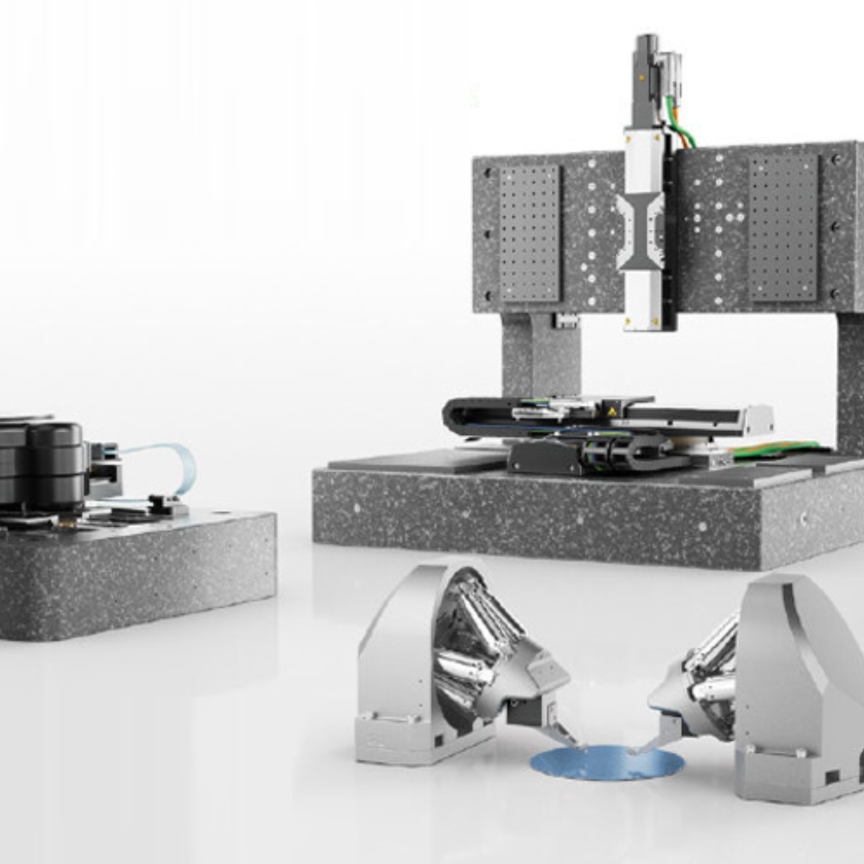Researchers have reached an important milestone in the development of quantum technologies, claiming to have successfully identified and manipulated small numbers of interacting photons with high correlation for the first time.
In Nature Physics the scientists, from the Universities of Sydney, Australia and Basel, Switzerland, report their observing of stimulated emission for single photons – the type of emission that originally formed the basis of laser technology, which is usually only observed for large numbers of photons.
They describe a system that can measure the direct time delay between one photon and a pair of bound photons scattering off a single quantum dot – a type of artificially created atom.
Joint lead author, Dr Natasha Tomm from the University of Basel, said: “The device we built induced such strong interactions between photons that we were able to observe the difference between one photon interacting with it compared to two. We observed that one photon was delayed by a longer time compared to two photons. With this really strong photon-photon interaction, the two photons become entangled in the form of what is called a two-photon bound state.”
This ‘quantum light’ has an advantage in that it can, in principle, enable more sensitive measurements with better resolution using fewer photons. This can be important for applications in biological microscopy when high light intensities can damage samples and where the features to be observed are particularly small.
“By demonstrating that we can identify and manipulate photon-bound states, we have taken a vital first step towards harnessing quantum light for practical use,” confirmed Dr Sahand Mahmoodian of the University of Sydney, another joint lead author. “This fundamental science opens the pathway for advances in quantum-enhanced measurement techniques and photonic quantum computing.”
The next steps in the research will be seeing how this approach can be used to generate states of light that are useful for fault-tolerant quantum computing, Mahmoodian continued.
“This experiment is beautiful, not only because it validates a fundamental effect – stimulated emission – at its ultimate limit, but it also represents a huge technological step towards advanced applications,” Tomm concluded. “We can apply the same principles to develop more-efficient devices that give us photon bound states. This is very promising for applications in a wide range of areas: from biology to advanced manufacturing and quantum information processing.”


